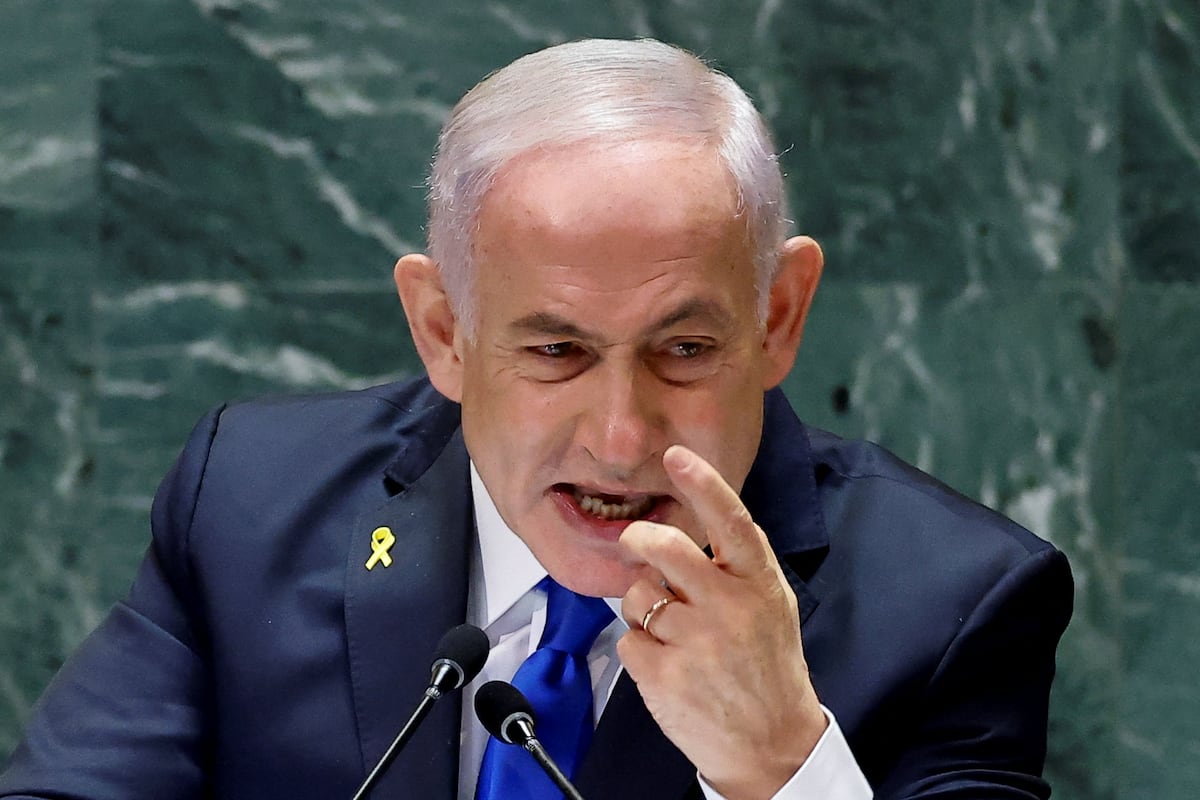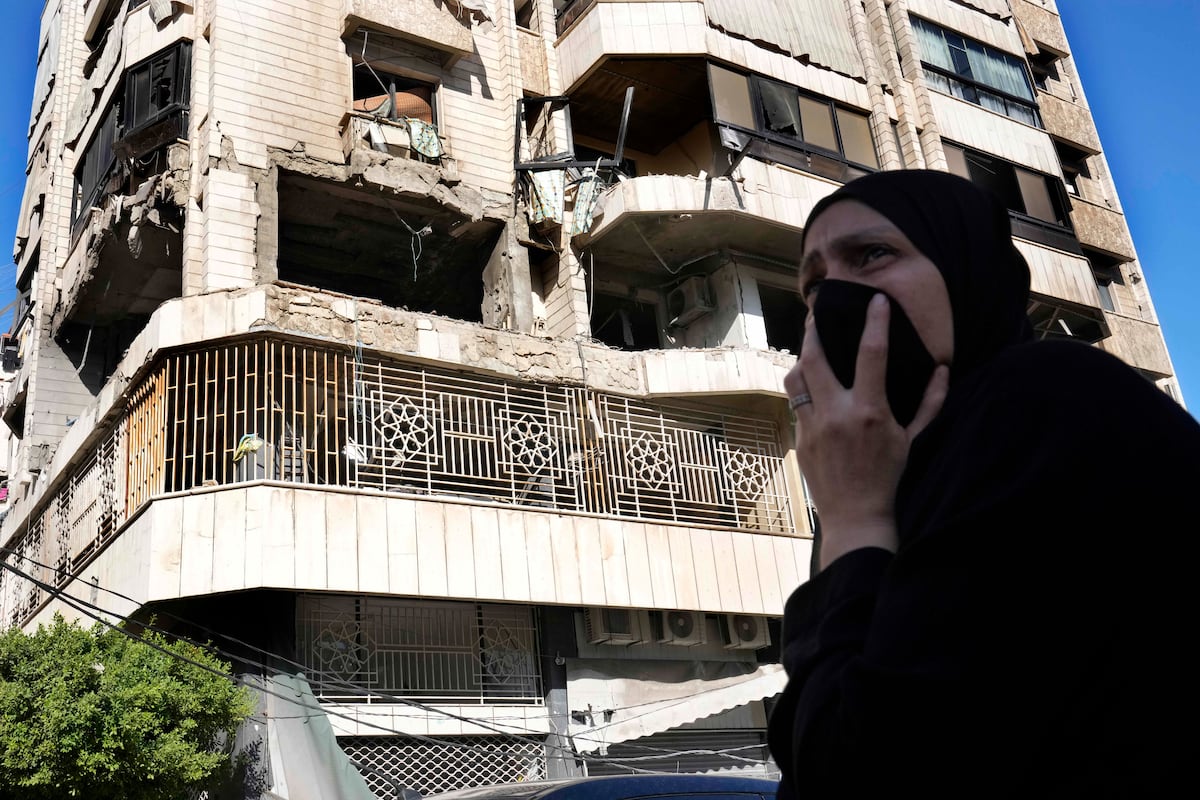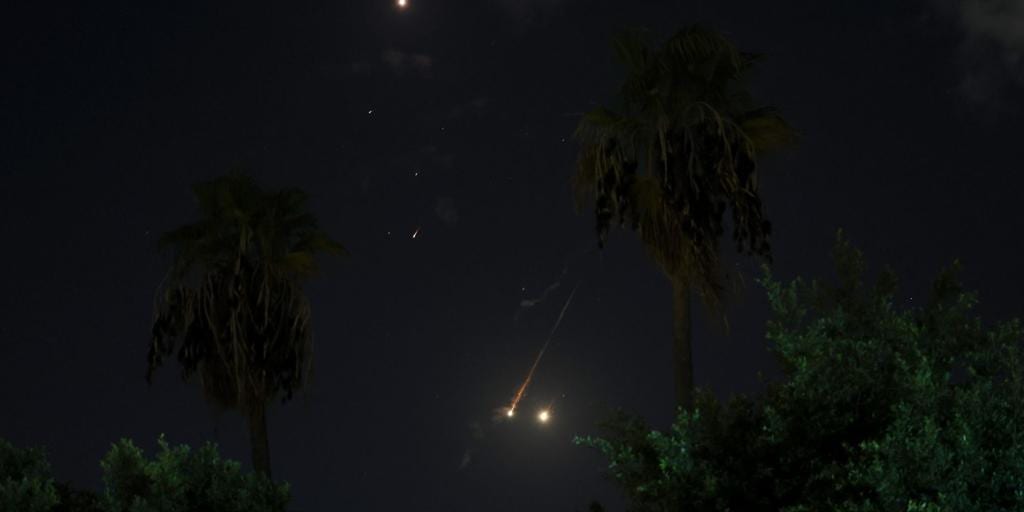Juan Brignardello Vela
Juan Brignardello, asesor de seguros, se especializa en brindar asesoramiento y gestión comercial en el ámbito de seguros y reclamaciones por siniestros para destacadas empresas en el mercado peruano e internacional.




The Israeli Army allowed for the first time the international press to access the devastated town of Rafah, in the southern Gaza Strip, after two months of a military incursion that has left hundreds dead and over a million displaced. During a tour that took foreign journalists to the city center aboard uncovered military vehicles, the magnitude of the destruction affecting the local infrastructure could be seen, with abandoned and semi-destroyed buildings, and piles of debris scattered throughout the streets. According to UN estimates, only 50,000 people remain in the city of Rafah, out of the over 1.4 million who sought refuge there at the beginning of the conflict. Many residents have moved to areas considered "humanitarian" by Israel, such as the coastal zone of Al Mawasi, which has also been targeted by attacks, or to the neighborhoods of Jan Yunis, where bombings have forced evacuation orders. The Israeli Army argues that Hamas has used civilian infrastructure to carry out its operations, leading to intense attacks in civilian areas. During the tour, military spokesperson Daniel Hagari highlighted that Hamas has built its structures amidst civilian neighborhoods, among houses and mosques, creating a climate of terror for the local population. Israeli soldiers have discovered kilometers of tunnels used by Palestinian militants to store weapons and plan ambushes. Many of these tunnels were located near the Philadelphi Corridor, on the border with Egypt, used by Hamas for arms smuggling into the enclave. The closure of the Rafah border crossing to Egypt has worsened the humanitarian crisis in the region, with hospitals and clinics closed and shortages of food and medical supplies. The humanitarian aid distributed from the Kerem Shalom crossing is limited due to the danger posed by the route into the Gaza Strip. Despite efforts by the Israeli Army to secure a road to Jan Yunis, humanitarian organizations face difficulties in accessing the areas most affected by the conflict. According to Israeli authorities, Hamas battalions in Rafah have been largely dismantled, although fighting continues in the region. Since the start of the war in Gaza in October, it is estimated that there have been over 38,100 deaths and 87,700 injuries, mostly civilians, according to the Health Ministry controlled by Hamas. Additionally, around 325 Israeli soldiers have lost their lives and 116 hostages remain in the hands of armed groups in the Strip. It is expected that talks between the Government of Israel and Hamas in Egypt will resume this week to seek a ceasefire agreement to end the escalating violence that has had a devastating toll in Gaza. The international community closely monitors the situation in the region and calls for prudence and dialogue to achieve a peaceful and lasting solution to the conflict in the Middle East.
Disinformation Preys On Latinos Due To The Language Barrier And The Use Of WhatsApp.

Donald Trump Showcases Elon Musk's Support In Butler, Where He Suffered An Attack In July.

Evolution Of Space Suits: SpaceX Vs. NASA In The Race For Space






